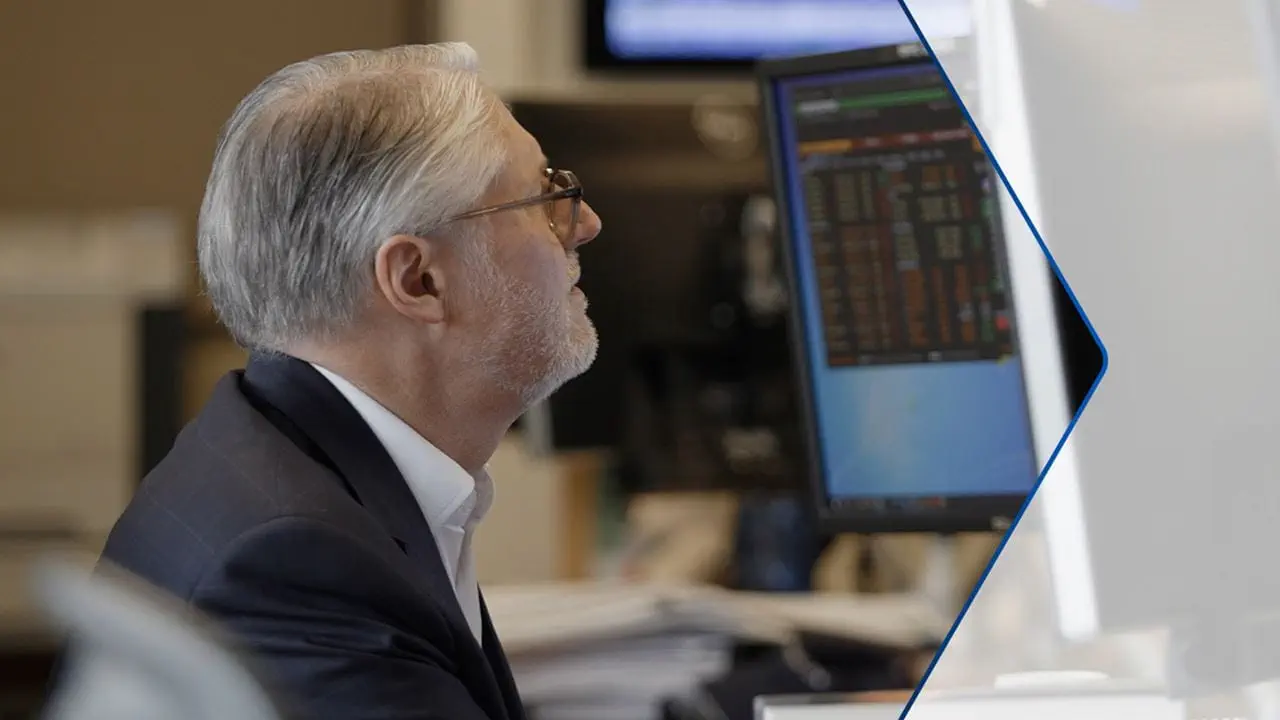Charting the Year Ahead: Investment Ideas for 2026

-
View From the Investment Committee
Starting Valuations Fuel 2025 Bond Performance, 2026 Potential
-
View From the Investment Committee
From Cash to Curve: Rethinking Allocations as Rate Cuts Loom
This is a carousel with individual cards. Use the previous and next buttons to navigate.
Strategies to Help Your Clients Achieve Their Investment Goals
This is a carousel with individual cards. Use the previous and next buttons to navigate.




Stay Informed with PIMCO's Insights
This is a carousel with individual cards. Use the previous and next buttons to navigate.

With the policy rate in neutral territory, the Fed embraces data dependence – and faces a delicate balancing act in 2026.

Marc Seidner, CIO of Non-traditional Strategies, explores opportunities across equities, bonds, credit, and commodities that have the potential to offer investors resilience and diversification.

Josh Anderson, Portfolio Manager, shares how PIMCO’s flexible, multi-sector Income Strategy helps investors pursue resilient returns in today’s shifting market landscape.

We see compelling opportunities for fixed income investments amid economic uncertainty and optimistic equity valuations.

Group CIO Dan Ivascyn shares how active management and global diversification continue driving strong bond returns amid credit risks and stretched equity valuations.

Group CIO Dan Ivascyn shares why today’s environment offers compelling opportunities for bond investors. From attractive high-quality yields to the potential benefits of locking in rates as cash returns decline, learn why fixed income strategies deserve a closer look now.

Investors have poured into gold – but they may also see compelling benefits from a broad-based commodity allocation.

Asset-based finance fuels the real economy – from homes and universities to flights and consumer goods. Backed by tangible assets, it’s a growing opportunity for investors. Discover how PIMCO’s scale, data, and dual-market lens unlock strategic value in ABF.

The path of U.S. monetary policy from here likely depends heavily on labor market developments.

Explore how today’s real estate market offers a rare combination of high yields, risk mitigation, and upside potential. PIMCO experts break down what’s changed in real estate lending, what remains resilient, and how active management is redefining success in both equity and credit strategies.

There’s a transformation underway in credit markets: from bank syndication to hybrid structures led by asset managers. Discover how duration risk, asset-liability mismatches, and demand for yield are creating high-quality credit opportunities and what it means for portfolio construction.

Bond returns have been strong – and the opportunity is far from over. With compelling yields and excess return potential across public and private markets, Marc Seidner, CIO non-traditional strategies, shares why fixed income remains a powerful tool for generating durable income and managing risk.
